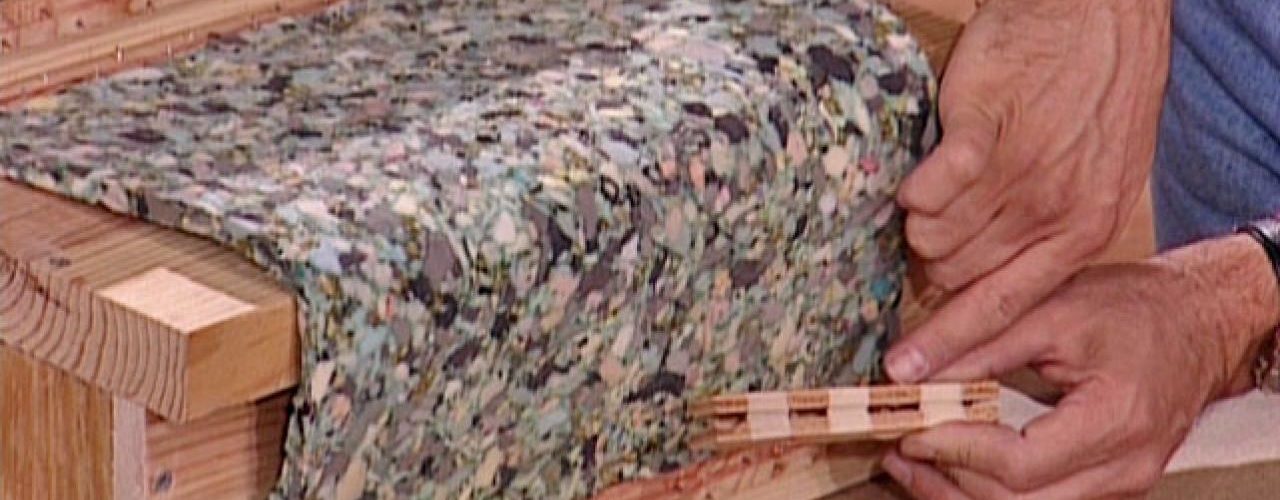Installing carpet on stairs may, at first, seem to be an intimidating task. However, with the right preparation and research, carpeting stairs can easily be done by even the most novice do-it-yourselfer. Before you begin, you’ll need the following supplies:
Carpet
Utility knife
Carpet padding
Measuring tape
Hammer
Tack strips
Stapler
Knee kicker
Carpet stretcher (optional)
Preparation
To ensure you’re starting with a smooth clean surface, sweep the stairs thoroughly and make sure the stairs are free of any nails and staples.
Before you get started, you’ll need to measure the tread (the horizontal part of the step) and the riser (the vertical part of the step) to calculate the dimensions of the carpet. Measure straight across the tread to determine the carpets width. To determine the carpet length, measure the riser and the thread of one step. Add three inches to this calculation and multiply by the number of stairs. For the best fit, it’s recommended to have your carpet professionally cut to the proper dimensions. However, you can also choose to cut your carpet yourself using a sharp utility knife.
After the measurements are taken, it’s time to lay the tackless strips down. Tackless strips are wooden strips that help grab and secure the carpet with angled tacks. For this project, you’ll need two strips per stair, cut approximately two inches shorter than the width of the stairs. Place the first strip on the tread, making sure that it’s flush with the edge of the stair. The second strip should be placed at the bottom on the riser, where the tread and the riser meet. When done correctly, the strips should form a 90 degree angle. When each strip is in place, secure it by hammering the nails into the stair.
Installation
Now that the preparation is done, it’s time to lay down the padding. Stretch the padding over the surface of each riser and tread and secure it in place with a stapler. Place the staples approximately three inches apart across the length of the risers and the tread. Make sure that the tacks are firmly embedded in the carpet padding so the padding will stay securely in place.
Your final step is to lay the carpet down. Starting at the bottom of the stairs, stretch the carpet up the riser and over the tread of each step. Pull tightly to ensure that the carpet lies smooth and flat. Secure the carpet to the tackless strips, just like you did with the padding. If you find it too difficult to stretch the carpet across the entire length of the tread, you may wish to use a carpet stretcher. If you don’t own one, carpet stretchers can be rented from most hardware stores and can assist in making the carpet lie flat and taut.
If using a carpet stretcher, attach the carpet to one side of the step, taking care that the carpet is securely attached to the tackless strips. Place one end of the carpet stretcher against the wall where the carpet is attached. Place the other end of the stretcher six inches away from the opposite wall and press the lever. When the lever is pressed, the carpet stretcher’s teeth will grip the carpet and stretch it over the tackless strips on the far wall.
Now that you’ve attached carpet to one step, repeat the process for the remaining stairs. After your reach the top step, secure the carpet to the stairs with staples placed about three inches apart. When the job is finished, you can use a utility knife to touch up any uneven spots.







